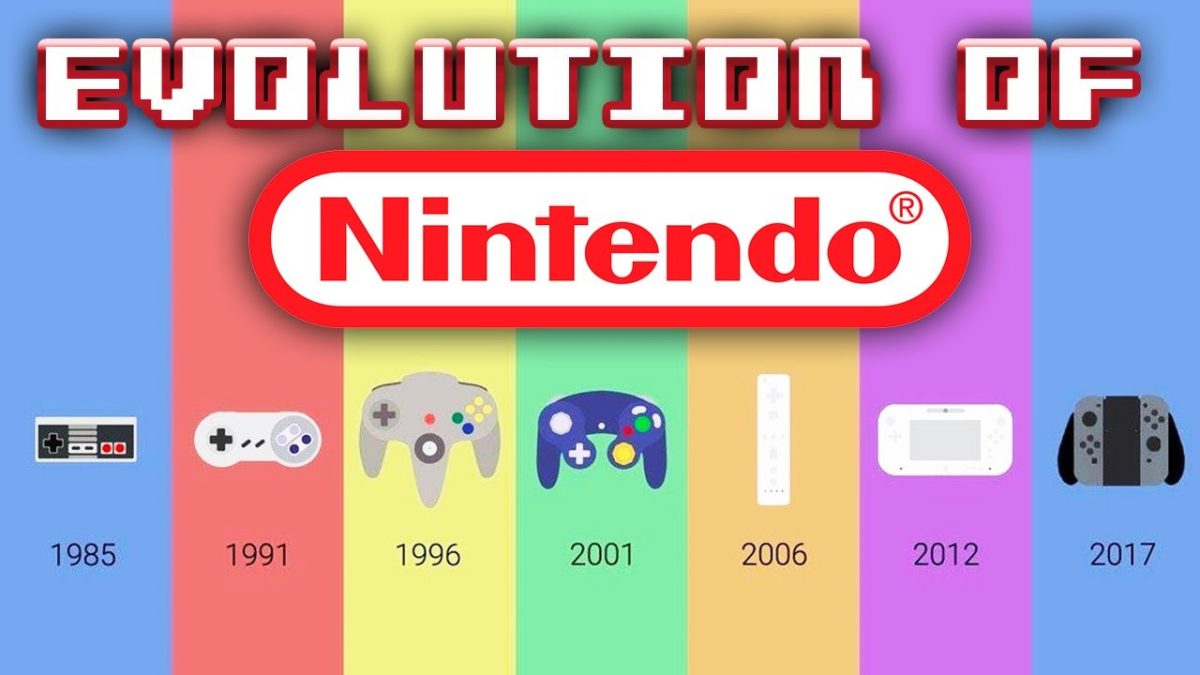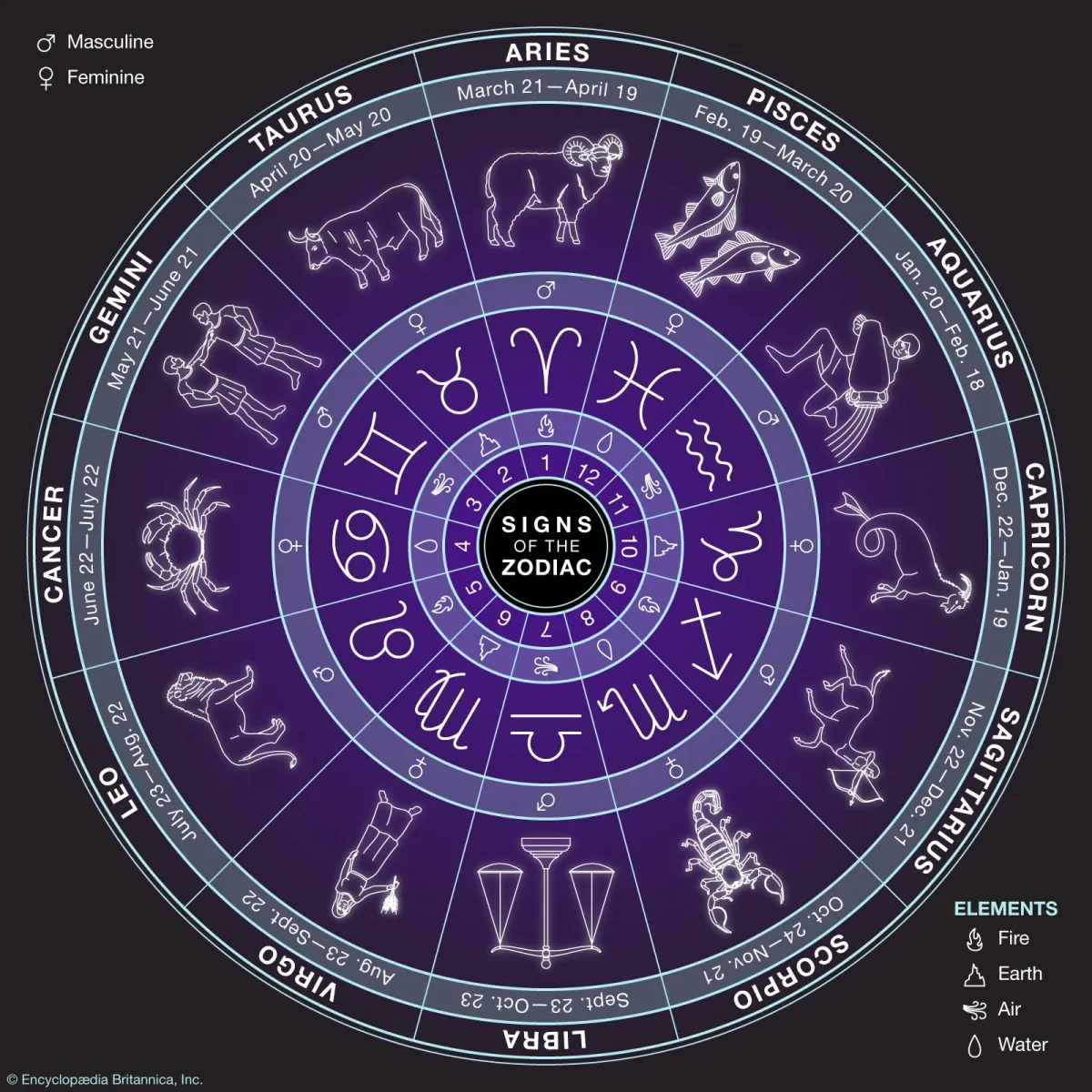The history of Nintendo is a fascinating journey that led it to become one of the world’s most influential video game and electronics companies. Nintendo was founded as Nintendo Koppai on September 23, 1889, by craftsman Fusajiro Yamauchi in Shimogyō-ku, Kyoto, Japan. Initially, it was an unincorporated establishment focused on producing and distributing Japanese playing cards. However, let’s fast forward to when they began creating innovative games and electronics.
On June 1, 1977, Nintendo released its first home video game console, the Color TV-Game. Prior to that, they had introduced the “Beam Gun” series of electronic games in 1973. Then, on April 28, 1980, the Game & Watch was launched. This handheld device, which could function as both an alarm clock and a gaming device, was a significant commercial success, selling over 40 million units worldwide. It’s impressive that this was only Nintendo’s second electronic device.
In 1983, Nintendo released the NES (Nintendo Entertainment System) along with the iconic game Super Mario Bros, which sold over 40 million copies worldwide. This game played a crucial role in revitalizing the video game industry and introduced one of gaming’s most recognizable characters: Mario. Often regarded as the face of Nintendo, Mario’s fame skyrocketed thanks to Super Mario Bros.
The NES was not limited to Mario; it featured other classic games such as The Legend of Zelda, Metroid, and Punch-Out, which all made a significant impact on the gaming landscape. One notable accessory for the NES was the Zapper gun, a controller that let players shoot on-screen targets. The game most commonly associated with the Zapper gun was Duck Hunt, which sold over 28.7 million copies, making it one of the best-selling NES games.
Eight years after the NES, on August 23, 1991, Nintendo released the SNES (Super Nintendo Entertainment System). This console marked a considerable upgrade from the NES, moving from an 8-bit to a 16-bit system. The SNES boasted better graphics, improved sound, and a redesigned controller with additional buttons and shoulder buttons. It also featured advanced technology, such as a faster CPU, more RAM, and the ability to use special enhancement chips in cartridges, enabling effects such as Mode 7 graphics. The SNES introduced classics such as the first-ever Mario Kart, Donkey Kong Country, and Super Mario World.
Just four years after the SNES, Nintendo took its first steps into 3D gaming with the Virtual Boy, which, unfortunately, was a commercial failure. However, they rebounded a year later with the Nintendo 64 (N64), my second-ever console, thanks to my dad. The N64 was revolutionary for its 3D graphics and allowed up to four controllers for multiplayer fun. Iconic titles like Super Mario 64 and The Legend of Zelda: Ocarina of Time were highlights of this system.
Five years after the N64, Nintendo released the GameCube, which introduced the immensely popular Super Smash Bros. Melee. This game had a lasting impact, with many fans still considering Melee the best title in the Smash Bros. series.
I asked two of my classmates, Jacob Smith and Moses Rodriguez, if they had ever owned a Nintendo console. Jacob replied, “Nintendo Wii and Switch,” while Moses said, “I have owned a Nintendo console before; if the 3DS counts.” And yes, Moses, it does count! Fun fact: the Nintendo DS sold over 154 million units, closely followed by the Nintendo Switch, which is nearing the DS’s lifetime sales. I followed up by asking about their favorite Nintendo game growing up. “Punch-Out Wii,” Jacob replied—an iconic choice. Moses said, “My favorite game growing up would probably be ‘Diggin’ for Dinosaurs.'”








